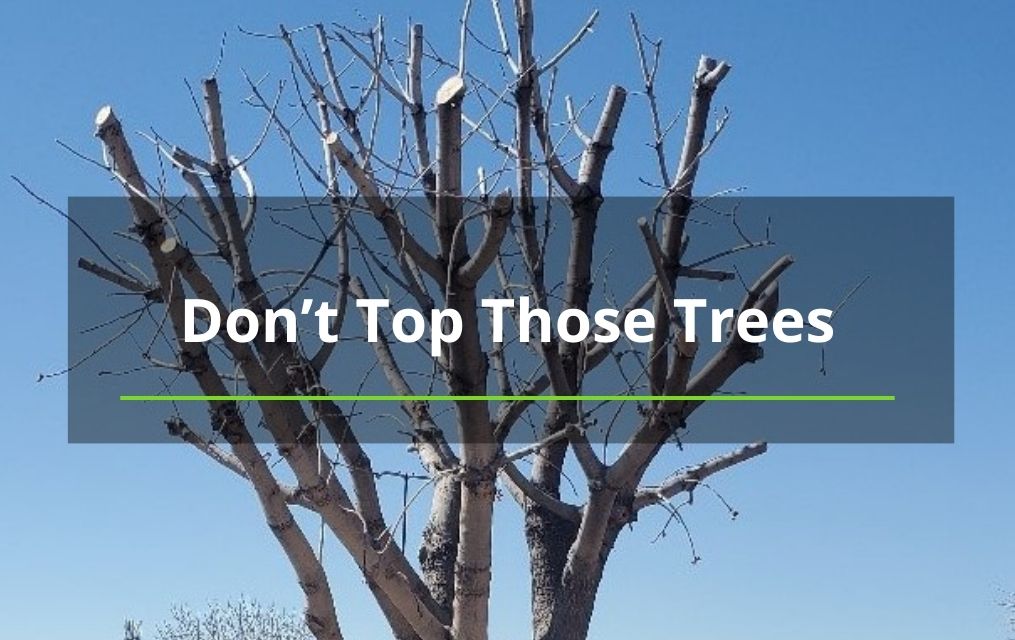Tree Cycles and Structural Pruning
Trees undergo annual cycles similar to daily routines. In winter, deciduous trees enter a leafless, dormant state, awakening as daylight and temperatures rise. Root systems and dormant buds become active, leading to new growth in spring. The majority of annual growth occurs during this spring phase, followed by a slowdown in summer, marked by maintenance activities. As summer concludes, trees prepare for winter dormancy.
Understanding these cycles is crucial for arborists, influencing the outcomes of pruning based on the chosen season. Late winter/early spring is optimal for structural pruning in young trees, fostering strong growth and form. This method is akin to providing a solid education for growing kids, emphasizing the importance of early intervention. Pruning at the end of dormancy is suitable for encouraging new growth in young trees but is not advisable for managing growth in larger trees, which should be pruned once the spring push concludes. Structural pruning every two to three years in young trees allows arborists to detect and address issues early, much like providing a solid foundation for future development.
Please reach out to us if you have any questions about our tree services in Albuquerque. We are always here to help!














